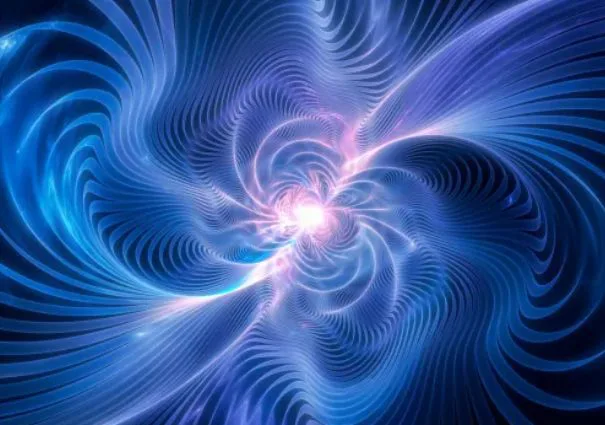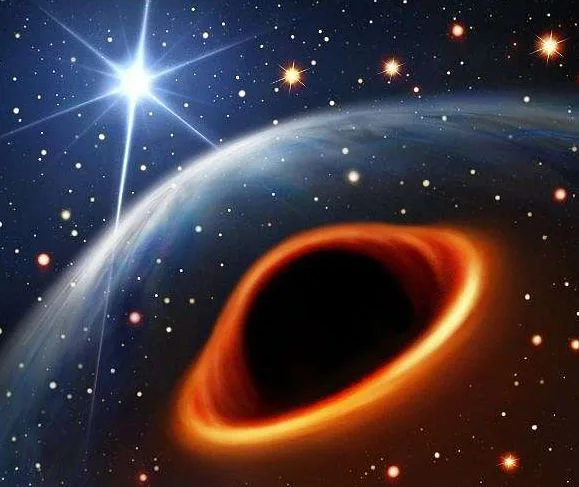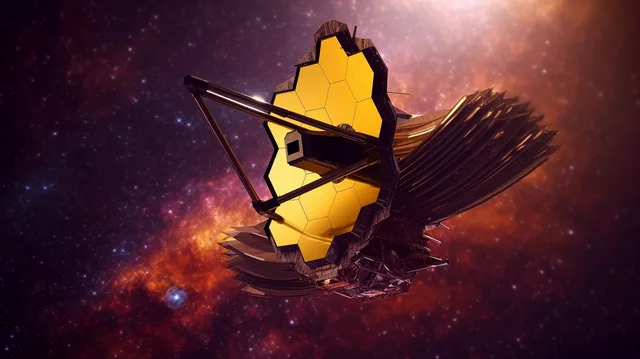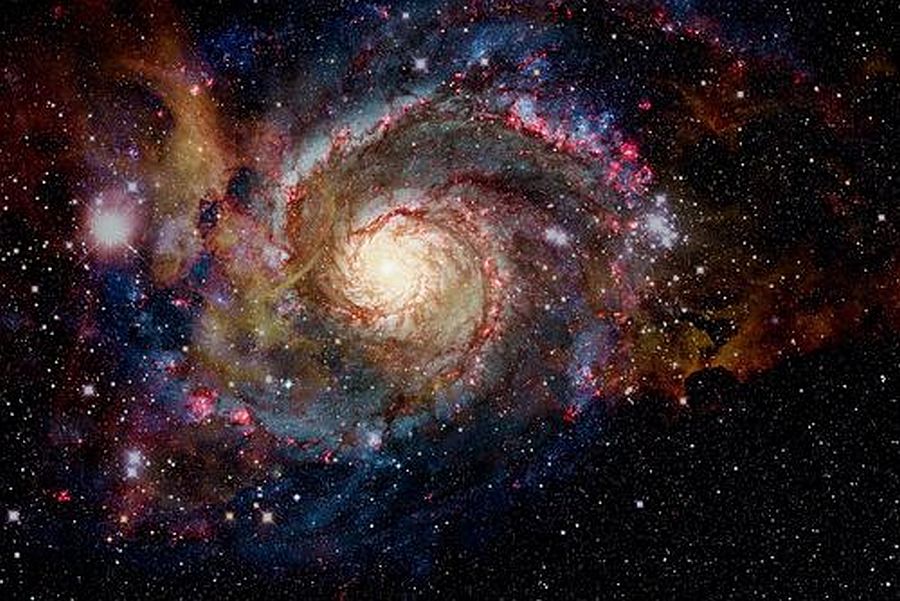
Dark matter is one of the key ingredients in the understanding of evolution and in the formation of galaxies. Majority of scientists are of the view that dark matter consists of weakly interacting massive particles (WIMP). It is because of their weak interactions with matter that we see around, it becomes extremely difficult to detect.
Gravity of the matter – stuff that we know exists – is not enough to form galaxies and complex structures. There is something that interacts with gravity itself.
Without the presence of dark matter, stars would have been scattered all around space and not form galaxies. However, this is not the case, something is inside and around them. This “something” does not emit any light neither does it reflect light.
Places where concentration of dark matter is high, light tend to bend around it. This shows, “something” interacts with gravity. And this “something” is called the dark matter.
What dark matter is not?
Although we do not know much about dark matter but we do know what dark matter is not.
- Dark matter is not a mesh without stars: Else it would have ejected detectable particles
- Dark matter is not anti-matter: Since, anti-matter gives out gamma radiation when combine with normal matter. Nothing of this sort is observed with dark matter so far.
- Dark matter is not made up of black holes: It is not limited to one point in space but scattered throughout
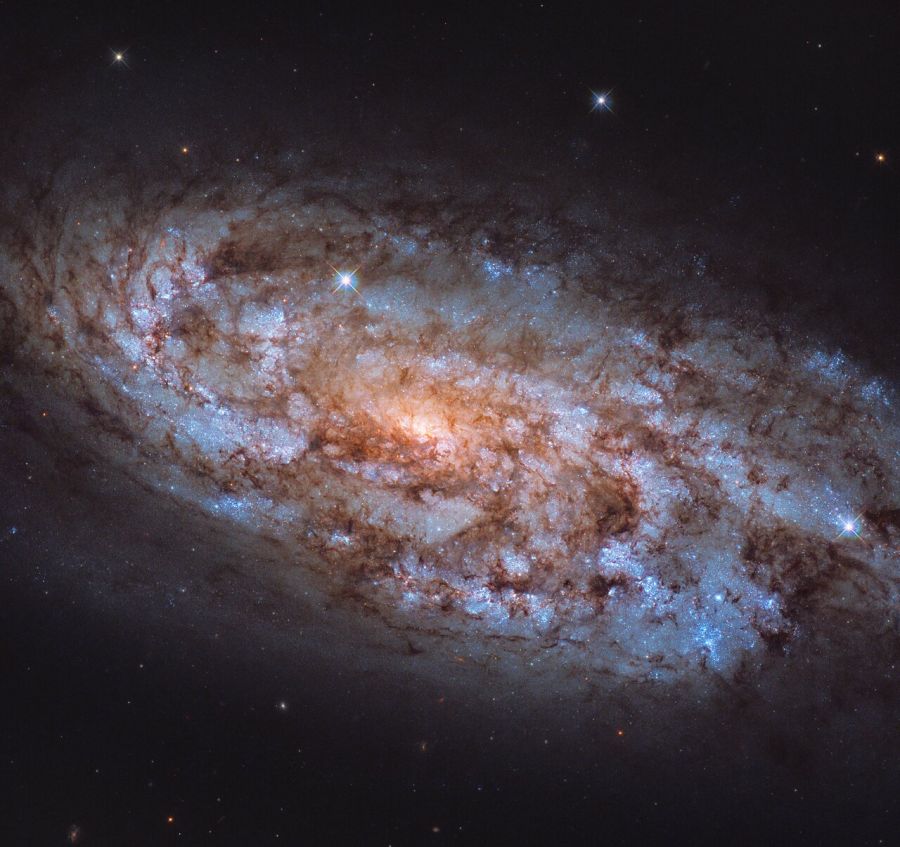
Dark matter is non-interacting substance
Dark matter possibly made up of particles that are yet to be discovered. These exotic particles do not interact with light and matter the way physics expects it to be. Hence, they are also known as non-interacting substance in the Universe.
Galaxies without dark matter
In 2018, an international collaboration of astronomers with the help of NASA/ESA Hubble Space Telescope and other observatories discovered that a neighbouring galaxy has somehow lost most of its dark matter.
The Galaxy under observation was NGC 1052-DF2. Without the presence of dark matter, NGC 1052-DF2 would lack intra-galactic force and hence it would start to collapse.
In 2019, another galaxy NGC 1052-DF4 with similar situation was surfaced.
Intense debates triggered amongst the astronomy community to understand the nature of the findings.
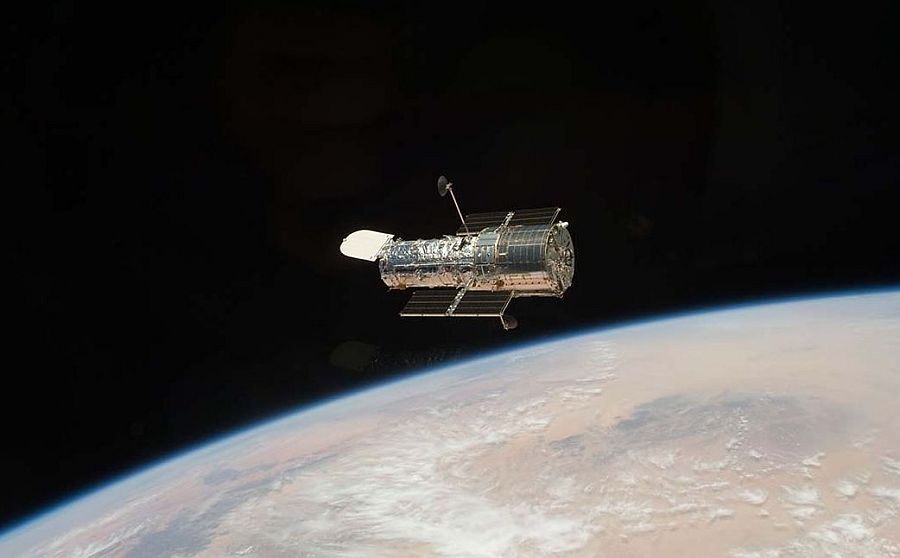
Tidal disruption causes evaporation of dark matter
Finally, with the help of new Hubble data, resolution was achieved. Data from Hubble corresponds to NGC 1052-DF4 galaxy which is somewhere around 45 million light-years away.
Deep optical imaging of NGC 1052-DF4 suggests that the missing dark matter is the result of tidal disruption.
Gravitational tug of the surrounding huge galaxy NGC 1035 is pulling NGC 1052-DF4 away from each other. Due to this, the dark matter is whisked away. Eventually, the left-over stars will be merged with the new emerging galaxies.
Hubble surfaces intra-galactic interactions
Until now, reason for the sudden absence of dark matter within galaxies was not known. Hence, the area was under speculation. With the help Hubble Space Telescope astronomers were able to discover the interactions that were taking place within NGC 1052-DF4. The focus was on two things:
- the galaxy’s light: to obtain the physical properties and
- the distribution of globular clusters
Globular clusters are the result of intense star formation. What makes them stand apart is its
- compact size and
- luminosity
By observing the spatial distribution, scientists concluded that the current alignment suggests that these clusters are whisked away from their parent galaxy. Thus, supporting the conclusion that tidal disruption is the cause of their new spatial configuration.
By tracking the galaxy’s light, astronomers observed the existence of tidal tails. This indicated that material was drifting away from NGC 1052-DF4 hence, another strong proof of the existence of disruption event.
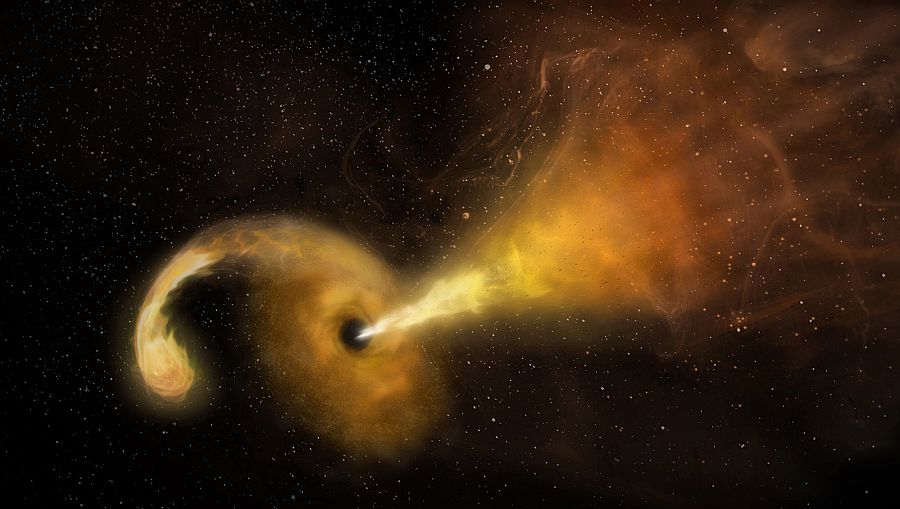
Takeaway
Observing both the galaxy’s light and globular clusters indicate that tidal disruption did occur. And that caused the evaporation of dark matter in NGC 1052-DF4 galaxy.
Huge gravitational pull of the nearby galaxy is the reason of tearing the smaller galaxy apart. Eventually, some stars of the current galaxy will get merged within the large stellar system. While some will continue to drift free in space.
Via: NASA

